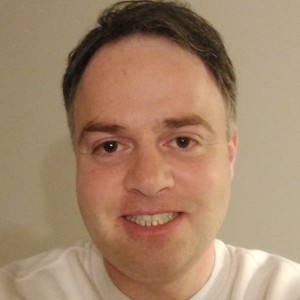A brief summary of some of the public health initiatives is below.
- Presentations by CDC, ONC and USDS on the Public Health Data Infrastructure (PHDI) Architecture
- USCDI+ – A data model enhancement to USCDI for Public Health was discussed.
- North Star Architecture discussed USDS’s collaboration with CDC and ONC to create the Public Health Data Infrastructure (PHDI). A successful pilot project was conducted with Virginia which yielded open source software (PRIME Public Health Data Infrastructure). The attendees were encouraged to complete a survey and get in touch with the team to get involved and participate in future development of the project.
- The architecture features include:
- Conversion from HL7 v2 or HL7 v3 CDA to FHIR. Electronic Case Reporting (eCR) and Electronic Lab Reporting (ELR) is also supported. In addition, a prototype utility to convert from FHIR to HL7 v2 was created by ReportStream, a sister organization of USDS. Tools are java-based and will be released as open source.
- Standardization of data
- Geocoding – can support different Geocode engines like Smarty
- Ability to map data elements stored in a FHIR server and copy the selected data to a custom schema for analytical purposes. Web-based tooling is provided for users to select which fields in the FHIR server should be included in the custom database schema. Currently, the custom schema is available in CSV and Parquet formats, and relational databases such as PostgreSQL may be supported at a later time.
- Tabularize into schema compliant tables
- All source code is open-source and available on GitHub
- USDS and CDC are interested in developing a Community of Practice around continued development and the use of these tools.
- The architecture features include:
- Updates
- Efforts are underway to develop v1 of the U.S. Public Health Profiles, which is based on U.S. Core. The effort will be housed in the Public Health Workgroup.
- The MedMorph Reference Architecture Implementation Guide (version 1.0.0 – STU) was approved on September 1st, 2022. MedMorph shares architectural roots with Electronic Case Reporting (eCR). It facilitates the use of Reporting and Research. A request for publication is in place.
- Electronic Case Reporting (eCR) update
- An Interesting update was provided about the status of how far along EHR vendors are in their implementation of eCR, including which products are implemented using eCR Now and which are implementing eCR natively in the product.
- Ballot comments on eCR FHIR implementation guide were dealt with.
- An introduction and status update on Helios was provided.
- Discussion of potential overlap in functional areas between SANER for Public Health and DEQM.
- Discussions on immunization in collaboration with several groups resolving items/issues about the VXU segment in HL7 v2.x.
The next HL7 WGM is scheduled for January 16-20, 2023 in Las Vegas. We look forward to seeing you there!
This post was authored by Daryl Chertcoff, and first published in the HLN Blog. It is reprinted by Open Health News with permission. The original post can be found here.
